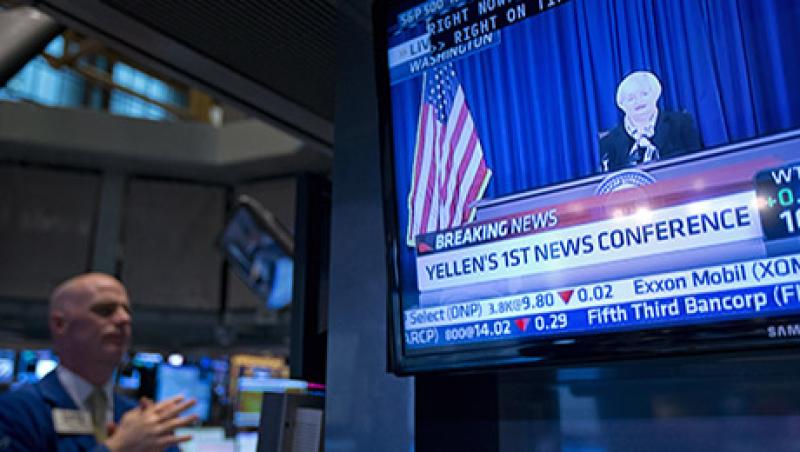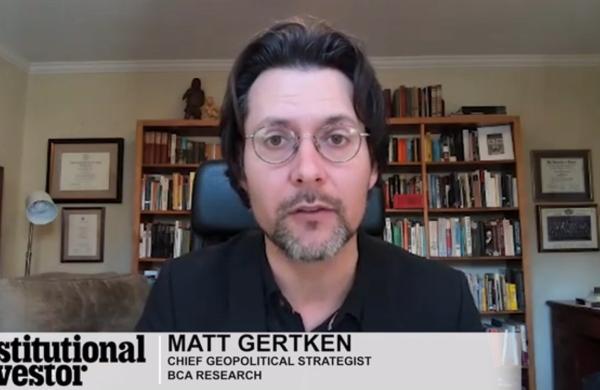It’s great to see some volatility back in the fixed-income market. What had been shaping up to be a pretty uneventful year, with falling rates and tightening credit spreads, is finally turning into one that offers investors some real opportunities — in areas such as U.S. and European high-yield, European bank capital notes and select emerging-markets bonds.
But as portfolio managers, we are very careful. What people called the “big beta trade” — a general cheapness in the market coupled with the sizable tailwind provided by low rates — has largely faded. Now it comes down to security selection. Given the limited liquidity in the market these days, you have to be an investor again, not a trader. We have to do our research, have conviction behind the securities and strategies that go into our portfolios and be willing to live through a bit of volatility.
Yields are already priced for some medium-term backup over the next year. But despite recent economic strength in the U.S., we expect the Federal Reserve to be patient and cautious during the normalization process. The Fed will be cognizant of any pressure that rising rates puts on the economy and is also mindful of the very low inflation environment. Outside the U.S., many central banks are still highly accommodative or are easing. Any adverse market reaction to the Fed’s raising rates should be offset to some extent by the increased easing coming out of the European Central Bank (ECB), the Bank of Japan and the People’s Bank of China. In addition, credit fundamentals look excellent, and default rates are quite low.
Our work suggests that we are at about 60 to 65 percent of the way through the present credit cycle. Typically, a postrecovery credit bubble bursts about 12 to 18 months after the end of the tightening process. So if the Fed is not even starting until 2015, you’re looking at least three years before you have to be concerned about Fed policy going from accommodative to pernicious.
Volatility has created opportunities in the U.S. high-yield market. Yields have backed up, and credit spreads have widened. A 4.5 percent credit spread is very generous compensation for credit risk in an environment in which defaults are running at 1 percent. And high-yield passes the sniff test as well. Companies have run conservative balance sheets, and they’re being careful in what they spend. For us, as lenders of our clients’ money, it’s a great time, and the past couple of months have created some good value.
European high-yield also looks good. Macro policy has been extremely supportive. If you’re a European company or bank, the message you’ve heard is that you’re not allowed to fail. Default rates are even lower in Europe than in the U.S., as the focus has been on deleveraging. Companies are running prudent balance sheets and using revenue to reduce debt. Although you get a slightly lower yield in Europe than you get in the U.S. high-yield market, you get equally strong fundamentals and the added benefit of the wind at your back that results from all of the stimulative action coming out of the ECB.
Whereas emerging markets have always looked a little overbought to us, recent volatility and spread widening have also created selective opportunities there. Some sovereign external debt has cheapened a bit. We’re looking at East European countries with solid current-account balances and manufacturing-based economies that may benefit from the stimulus that’s coming out of the ECB. We’re not so keen if an economy is slowing, and we’re cautious about commodity-oriented sovereigns. We like countries that offer very high real yields and the potential for central bank easing. At the local level, we’re seeing a backup in yields and some correction in the currencies. But we’re also seeing growth and inflation falling, which should be good for local bond markets.
The best returns over the coming year are going to be for managers who are invested, have yield in the portfolio and have some carry. The party won’t end until the Fed takes away the punch bowl. And they haven’t even started yet.
Bob Michele is the global CIO and head of global fixed income for J.P. Morgan Asset Management. For additional fixed-income insights, please visit jpmorgan.com/institutional.
Get more on fixed income.






